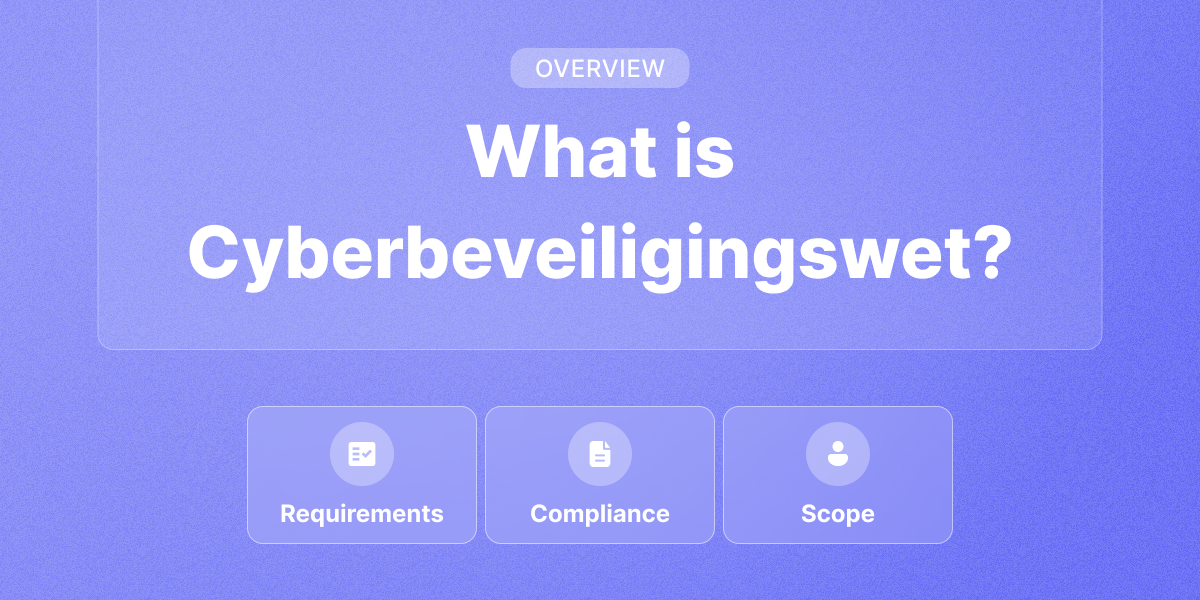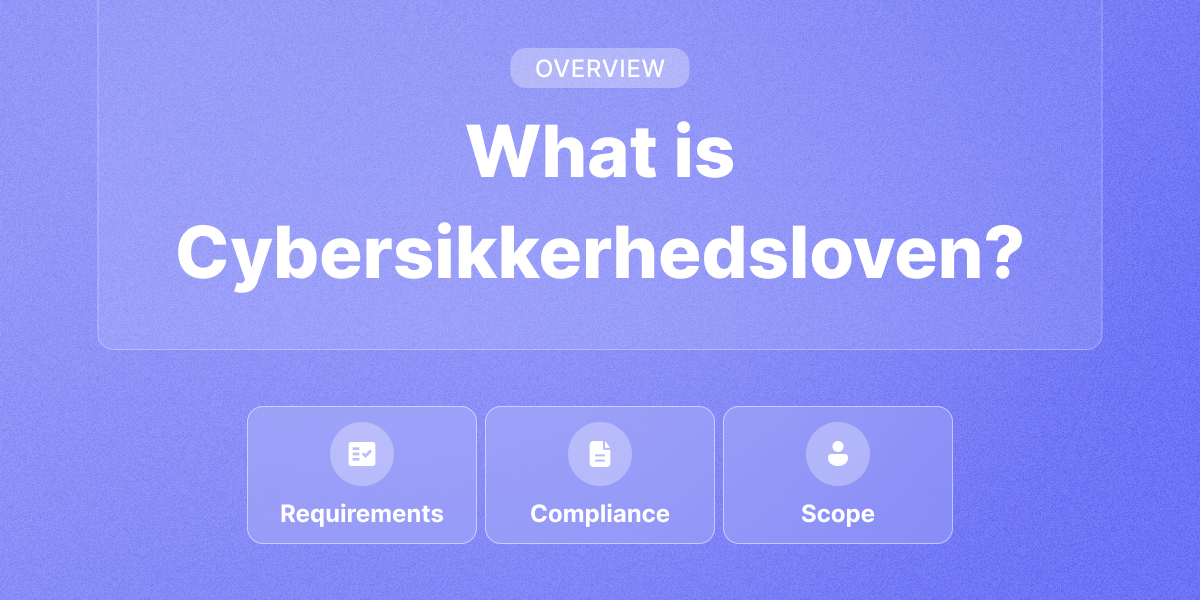Most companies face the need to comply with several security frameworks at once. ISO 27001 might be needed for governance, SOC 2 to meet customer expectations, and GDPR or NIS2 for regulatory compliance.
The real challenge is not just meeting one framework, but understanding how different frameworks overlap, where they differ, and how to meet them efficiently. Comparing what’s included in each framework is the first step, yet this is harder than it looks. In this article, we’ll show a tool that makes comparing frameworks much easier.
The problem: why comparing frameworks directly is difficult
Teams often try to compare frameworks by reading the official documents side by side. This quickly becomes frustrating for three main reasons.
Different natures: Frameworks are created for different purposes. ISO 27001 is a voluntary international standard, GDPR is a legal regulation, and NIST CSF is a guidance framework. Their enforcement, purpose, and audit processes are fundamentally different.
Varying scope and applicability: Some frameworks cover the entire organization, like ISO 27001’s ISMS. Others are much narrower, such as SOC 2 focusing on customer data, or NIS2 targeting operators of essential services.
The language barrier (terminology and wording): The same requirement can be described in very different ways. This makes it easy to miss overlaps.
Examples:
- NIST says “Incident Response,” ISO 27001 says “Information Security Event Management.”
- PCI DSS prescribes “Multifactor Authentication for all remote access,” while NIST CSF simply expects strong authentication under its “Protect” function.
The outcome is duplicated effort and a lack of clarity on what’s actually required across frameworks.
The pillars of framework comparison: what matters most
To build a meaningful comparison, compliance managers need to focus on five essentials.
Applicability (the “Who”): Each framework targets different organizations by size, sector, or geography. Understanding who it applies to is the first filter.
Mandate (law vs. voluntary): Some frameworks are required by law, others are voluntary but used as market signals for trust.
Scope (the “What”): Some cover the entire ISMS, others only specific domains like privacy, financial data, or critical infrastructure.
Control language: The level of detail matters. Prescriptive frameworks dictate exact technical measures, while others stay high-level and outcome-driven.
Audit and verification: Frameworks differ in how compliance is proven. ISO 27001 requires a formal certification, SOC 2 results in an audit report, while others may only require internal assessment.
When evaluating frameworks side by side, these pillars are what define the real differences.
Cyberday’s solution: the unified task language
Cyberday solves the “Babel problem” of framework comparison with a unified task language. Every requirement from every major framework is translated into actionable cybersecurity tasks.
For example, “Implement Multi-Factor Authentication for all Admin Accounts” is defined once and mapped to every framework where it applies.
This prevents duplication. Completing one task satisfies multiple frameworks if it covers, for instance, ISO 27001 Annex A.5.15, NIS2 Article 21, and SOC 2’s CC6.1. Evidence is collected once and applied across all.
Comparing ISO 27001 and NIS2
Take ISO 27001 and NIS2 as an example. When compared in the tool, it shows that:
- ISO 27001 covers 80% of the tasks in NIS2
- NIS2 covers only 33% of the ISO 27001 tasks.
This tells us that ISO 27001 is a much broader framework. With this approach, organizations get clarity on framework requirements and can focus their resources where it matters most.
Try out the free Framework Comparison Tool now and see how any two frameworks compare!
Popular comparisons:

























